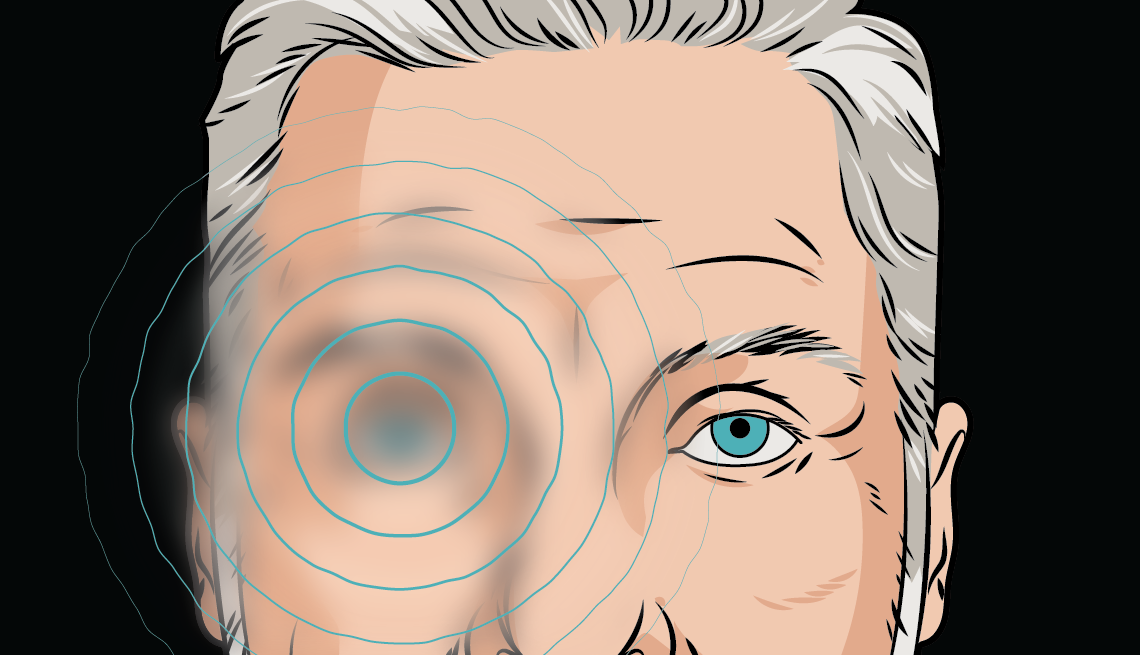AARP Hearing Center


Blurred vision. Not surprisingly — given its relationship to everyday vision-related woes like farsightedness, nearsightedness and astigmatism — it’s the most common sight-related symptom people report to their health care providers. But blurry vision in just one eye? That’s a different story.
What’s known as unilateral blurry vision may be a sign of a medical emergency, particularly if this happens suddenly, and it should be checked out right away by your eye doctor or other health care provider. That’s especially true for people over age 50, since they’re already at risk for several conditions associated with blurry vision in one eye, says Ashley Brissette, M.D., assistant professor of ophthalmology, Weill Cornell Medicine, New York Presbyterian Hospital. “Older individuals are generally at higher risk for blurry vision of all causes.”
Yet another reason to keep up with regular eye exams so your eye doctor can check for early warning signs of these conditions before they lead to vision loss.
“Many conditions in ophthalmology can affect only one eye, or one eye more severely than the other eye,” says Michelle Andreoli, M.D., spokesperson for the American Academy of Ophthalmology and a comprehensive ophthalmologist at Northwestern Medicine. “At an examination with an ophthalmologist, testing will be performed to examine the quality of the vision as well as the health structures of the eye. If a condition is affecting only one eye — or affecting one eye more severely — the vision will be different between the eyes, and an abnormality will be visible within the structures of the eye.”
What can cause sudden blurry vision in one eye?
The following potential culprits for sudden blurriness in one eye — key word: sudden — require immediate medical attention, says Andreoli. “Rapid, dramatic vision loss is often associated with conditions that progress quickly and severely affect vision.”
They include:
Stroke (Transient Ischemic Attack, OR TIA)
Sudden trouble seeing in one eye — although trouble in both eyes can occur — is a hallmark symptom of a stroke or what’s known as a transient ischemic attack (TIA), a.k.a. a “mini stroke.” This can be accompanied by weakness, numbness and paralysis on one side of your body; dizziness, confusion or difficulty talking or understanding others; and a loss of balance and coordination. With a TIA, the symptoms generally last less than one hour, though they may linger longer, up to 24 hours. The symptoms may also come and go. Acting quickly can improve your chances of recovery from a stroke. The treatments that work best are available only if a stroke is diagnosed within hours of the first symptoms.




































































More From AARP
Vision Health: Understanding Eye Tests and Diagnoses
Regular eye exams can help prevent blindness and detect other health issues
The Genetic Eye Disease That Worsens With Age
Symptoms, causes and treatments of Fuchs' dystrophy
Understanding Peripheral Vision Loss
This frightening type of vision loss can be sudden or gradual — but isn’t always permanent